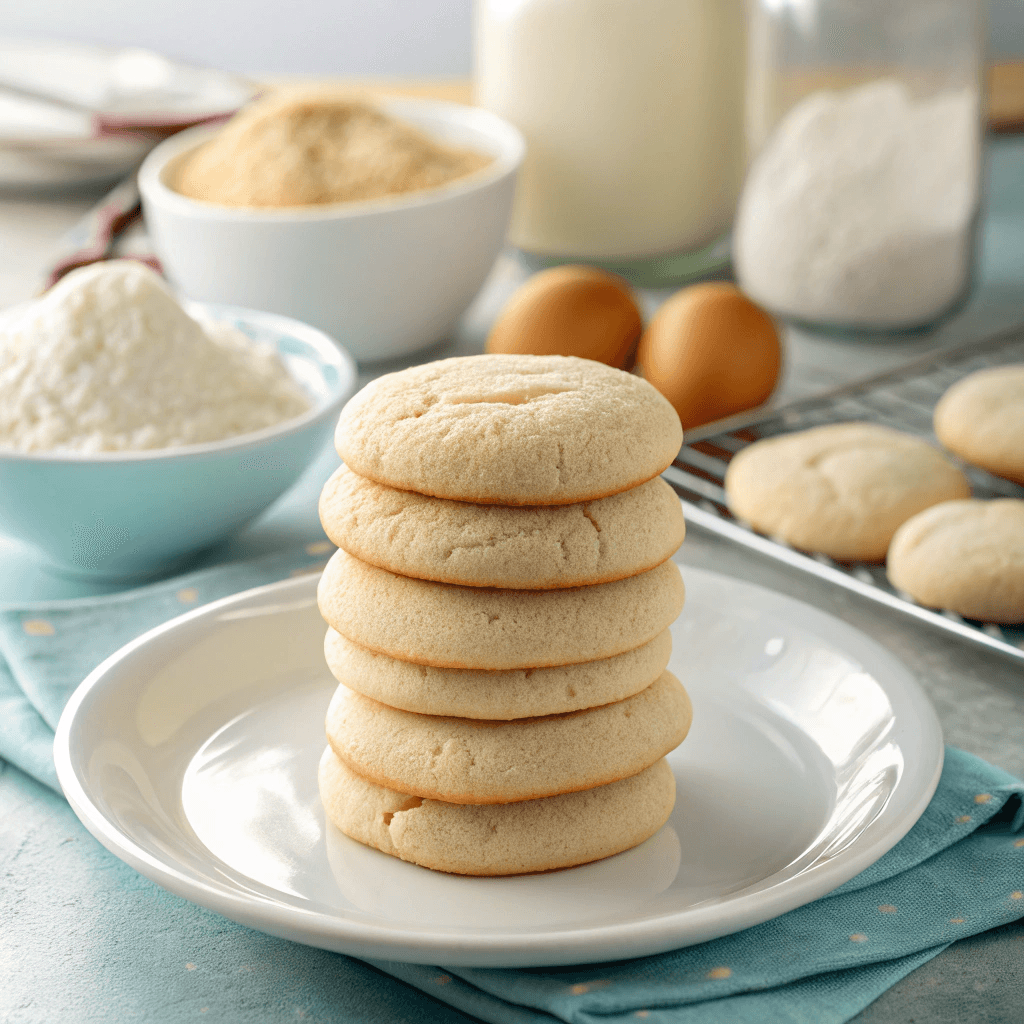Imagine slicing a bite of a biscuit that is so light, soft, and perfectly fluffy, it’s like a sugary fluffy cloud that melts in your mouth. Cookies come in many shapes, but the fluffy ones stand out because of its softness and the softness of its texture. Additionally, creating this kind of look isn’t as complicated than it appears if you have the proper methods and ingredients you can use. In this post we’ll explain precisely what is the key ingredient that makes for a fluffier cookie, discuss the most important steps to take, and offer expert suggestions to help you improve the way you bake. From ingredients science to baking methods We’ll go over the entire spectrum. Through the course, you’ll discover the various variations and find out how to solve the most common issues.
Table of Contents
How to Make fluffier cookie: A Comprehensive Step-by-Step Guide
To create the most delicious fluffier cookie, be focused on three main factors: ingredients, preparation and baking procedures. This article will walk you through each step thoroughly, making sure the cookies are airy and smooth every time.
Essential Ingredients for Fluffy Cookies
Before starting, collect the essential ingredients. The use of high-quality items can result in the difference evident, especially in the quest for more fluffier cookie.
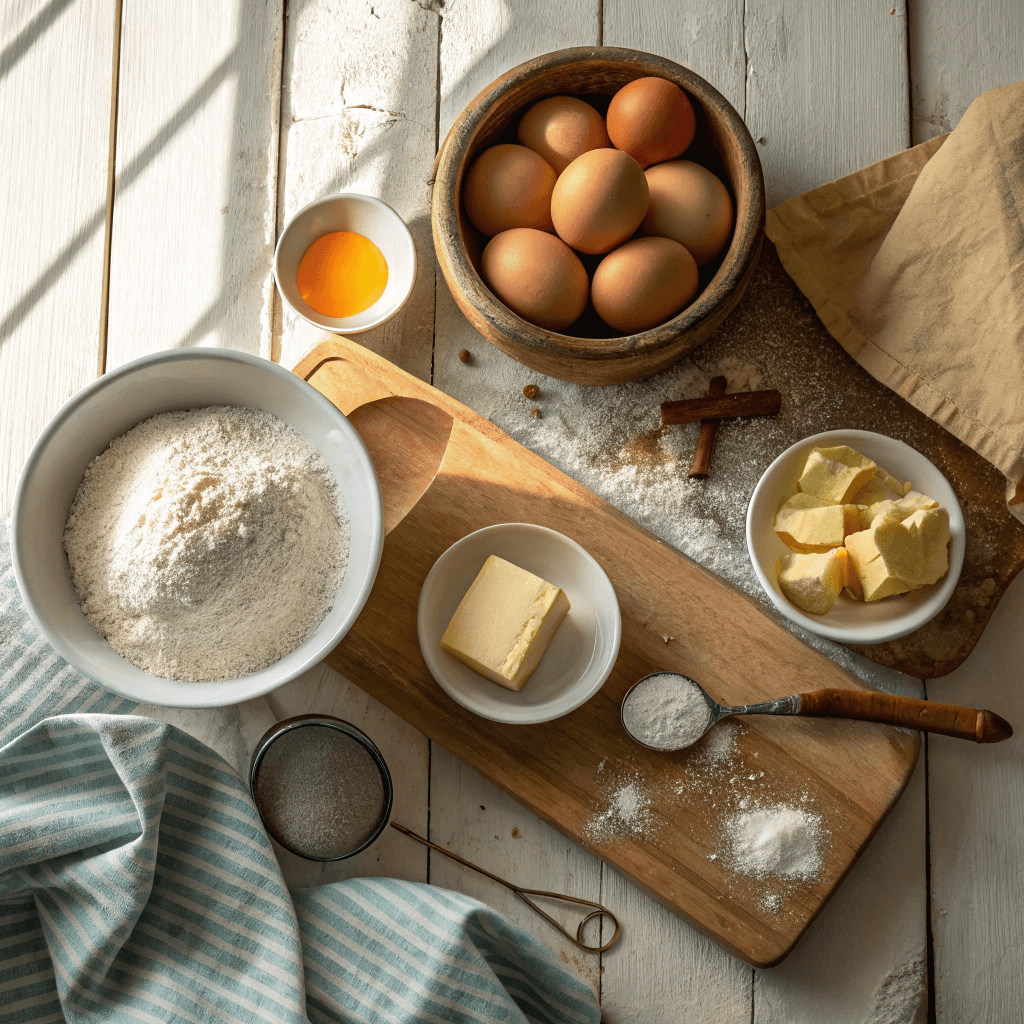
All-Purpose flour (2 12 cups): The structural basis of your cookies’ flour affects their appearance and. For fluffier cookiethat are more fluffy you can substitute 50% of cake flour. It has less protein.
Unsalted Butter (1 Cup Softened): Butter provides the perfect amount of richness and moisture. Once it is softened at ambient temperature, it creams better and traps air to create a smoother feel and texture.
Granulated sugar (1 Cup): Besides sweetness Granulated sugar also helps fluffier cookieto spread a little, while balancing the softness and providing the right amount of to give it some structure.
Brown Sugar ( 1/2 cup in a bag): The molasses added to brown sugar creates chewiness and keeps moisture in the sugar.
Eggs (2 large): Eggs bind ingredients and help to create the dough’s shape. Furthermore, the proteins contained present in eggs give the dough lift in baking.
Pure Vanilla Extract (2 teaspoons): While optional vanilla is not required, it improves the taste and enhances the taste of cookies.
Baking powder (1 teaspoon): A critical leavening agent, baking soda helps to ensure that cookies rise up, forming air pockets to give your cookies an airy texture.
Baking soda ( half teaspoon): When combined with an acidic substance It activates and generates carbon dioxide creating a greater increase.
Salt ( 1/2 teaspoon): Enhances the overall flavor, while also balancing the sweetness.
Additional Add-ins There is the option of adding chocolate chips, nuts and even other spices such as cinnamon or nutmeg, for different flavors.
Step-by-Step Preparation Process
Once you’ve got the ingredients, you can follow these steps carefully planned to make light and fluffy cookies. Each step plays an essential crucial role in the creation of the perfect quality.
Step 1: Creaming the Butter and Sugars
Start by putting your softened butter granulated Sugar, and brown sugar into an enormous mixing bowl. Make use of a stand mixer or hand mixer with a moderate speed to whip the mix until it’s fluffy and soft. This process is vital since it allows air to be incorporated in the dough. This will make fluffier cookie.
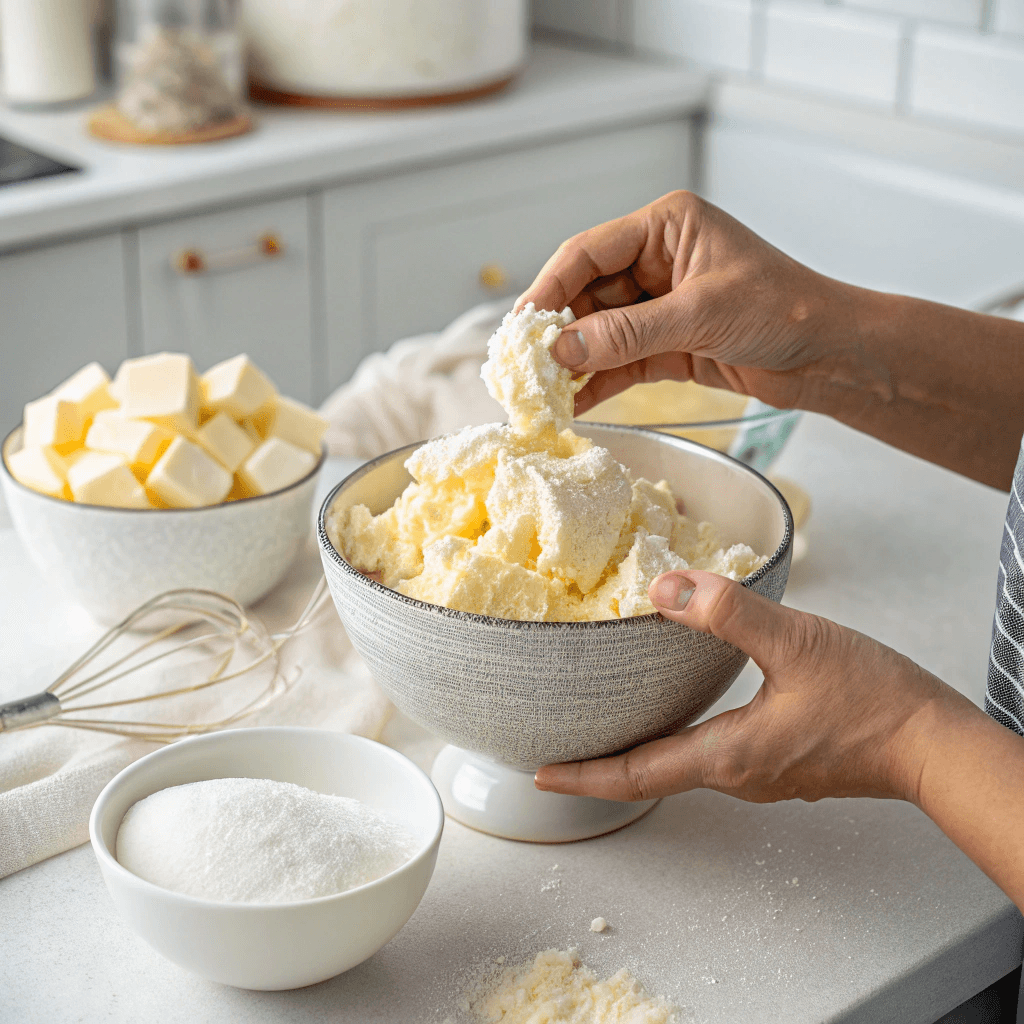
Step 2: Adding Eggs and Vanilla
Then, you add eggs in one by one. After each addition, thoroughly mix so that all eggs have been fully integrated. After that, add vanilla extract. The liquid components are essential in binding the dough and keeping it consistent.
Step 3: Mixing Dry Ingredients
Separately, mix together the baking powder, flour and baking soda and salt. The whisking process helps distribute leavening ingredients evenly across the dry ingredients. Inadequate whisking could result in an uneven rise in baking.
Step 4: Combining Wet and Dry Mixtures
Add the dry ingredients slowly into the wet ingredients, mixing with a slow speed. Make sure to mix only until the dough is incorporated. In excess mixing, you can trigger the development of gluten, leading to an unforgiving texture. Therefore, end the mixing process as soon as there is no evidence of lines of flour.
Step 5: Folding in Add-Ins
If you’re using ingredients such as nuts or chocolate chips and nuts, you can gently incorporate them into the dough with the spatula. It ensures that mixture is evenly distributed, and don’t affect the dough’s consistency.
Step 6: Chilling the Dough
To get the best results To get the most out of your dough, you should chill it at least for 30 minutes. Cooling the dough helps to firm it up that slows its spread when baking. This allows cookies to rise further.
Baking Instructions
Once your dough is prepared and you’re ready to bake the fluffier cookie with the highest quality. Attention to every detail in this phase will assure the perfect consistency.
Step 1: Preparing the Baking Sheet
Cover a baking sheet with parchment paper. The parchment paper will not only stop sticking, but it also helps ensure evenly distributed heat for even baking. While you’re at it, get your oven up at 350 degrees Fahrenheit (175degC).
Step 2: Shaping the Fluffier Cookie
Utilizing a fluffier cookie scoop or a tablespoon, place equally large balls of dough onto the baking sheets. Make sure to leave at least 2 inches between each of the balls. This will ensure that the cookies can grow and grow without overlapping.
Step 3: Baking Time
The cookies should be placed in the oven preheated and bake for about 10-12 minutes. During that time, you should be sure to watch the cookies. The edges must be cooked and the middles are supposed to be slightly undercooked, which ensures the soft and soft consistency.
Step 4: Cooling the Cookies
Removing the fluffier cookie from the oven and let them cool on the baking sheets for approximately 5 minutes. Then, transfer them to an air-tight rack for cooling. The process of cooling gradually helps create the desired structure and also preserve the desired flexibility.
Insider Tips for Perfectly Fluffy Cookies
If you are looking to learn how to make soft cookies, you can follow these other tips:
- Make use of fresh leavening agents: Baking powder and baking soda will lose their efficacy with time. Therefore, make sure you be sure to keep track of expiration dates on a regular basis.
- Ingredients for Room Temperature: Always make use of eggs at room temperature and butter as they are easier to incorporate and aid in maintaining the same consistency of dough.
- Beware of Overmixing: When you mix dough too much, it can cause the development of gluten and cookies can become heavy instead of soft.
- Use Accurate Measurements: Baking requires accuracy which is why you should use accurate measuring equipment for dry and dry components.
- Chill Your Dough Chilling doesn’t just add taste, it can also impact the structure of cookies and the rise of cookies during baking.
For further experimentation, consider adding some new twists to your ideas Unique Cookie Recipes Or explore the possibility of adjusting or adjust the flavors of Most Delicious Cookie as a source of an inspiration.
Common Questions About Making Fluffier Cookies
What is it that makes cookies soft instead of being flat?A combination of proper leavening ingredients, precise measurement, and chilled dough can result in more fluffy cookies.
What can I do to get my cookies to be more fluffy instead of being crispy?
The baking time can be reduced by using a higher proportion of brown sugar and white sugar and be sure that your dough has been chilling prior to baking.
What is the role that butter play in the fluffiness process?
Butter catches air in the process of creaming and expands when baking and creates a light and fluffy appearance.
Final Touches to Perfect Fluffy Cookies
After your fluffier cookie have been baked and baked, you must take certain steps that you must take to ensure they’re as smooth and soft as you would like them to be.
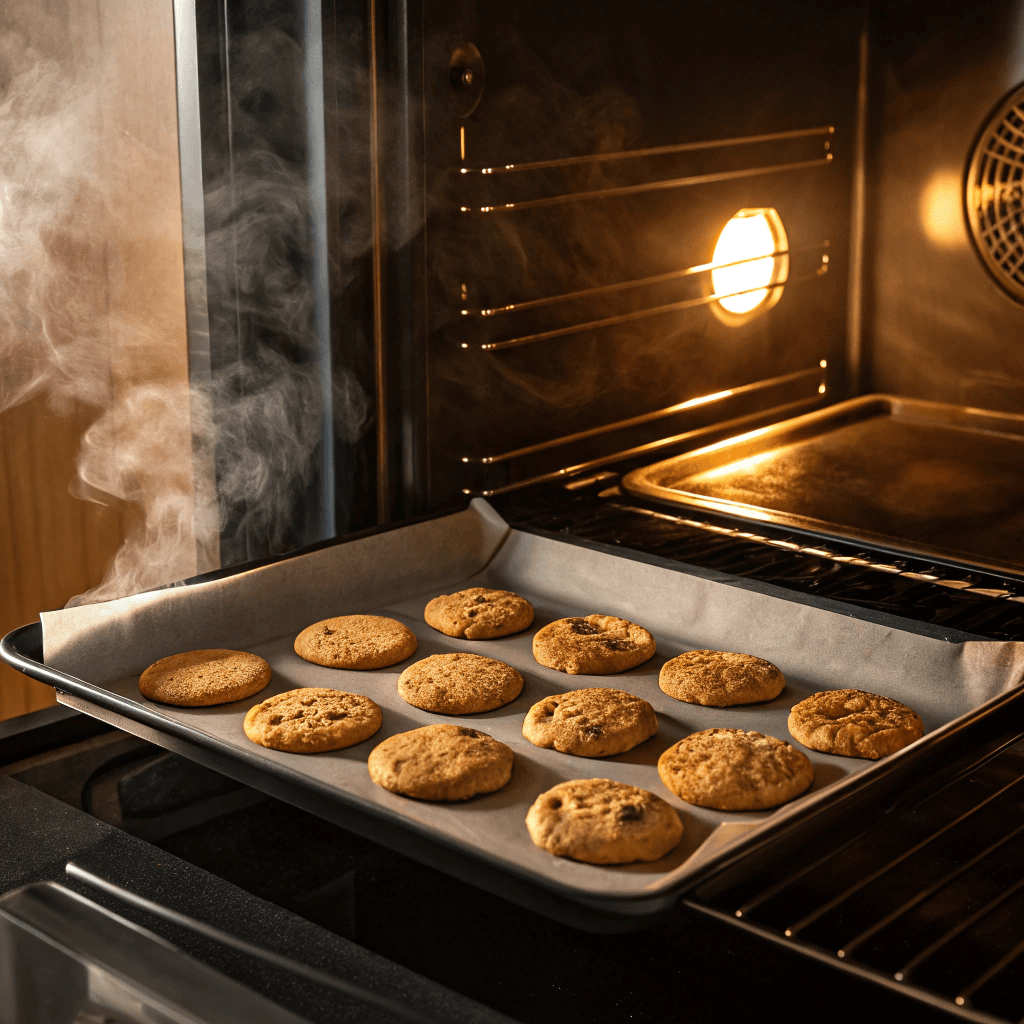
- Cooling on a Rack
After taking the fluffier cookie out of the oven, allow them to sit on the baking sheets for five minutes. It allows any heat left to cook the cookies without drying them out. Then, you can transfer them onto the wire rack. The cooling process stops steam from accumulating under the cookies. This may cause them to be soggy. - Storing for Freshness
In order to keep the cookies’ fluffiness throughout time Cookies should be stored in a airtight container when they’ve completely cooled. A slice of bread inside the container will aid in retaining moisture as bread absorbs the excess air, without impacting the cookie. - Plating and Garnishing
If you want to add an additional elegant touch, sprinkle powdered sugar, or drizzle melted chocolate on top of the cookies prior to serving. This easy addition will not only improve the look of your cookies but also provides a new level of taste.
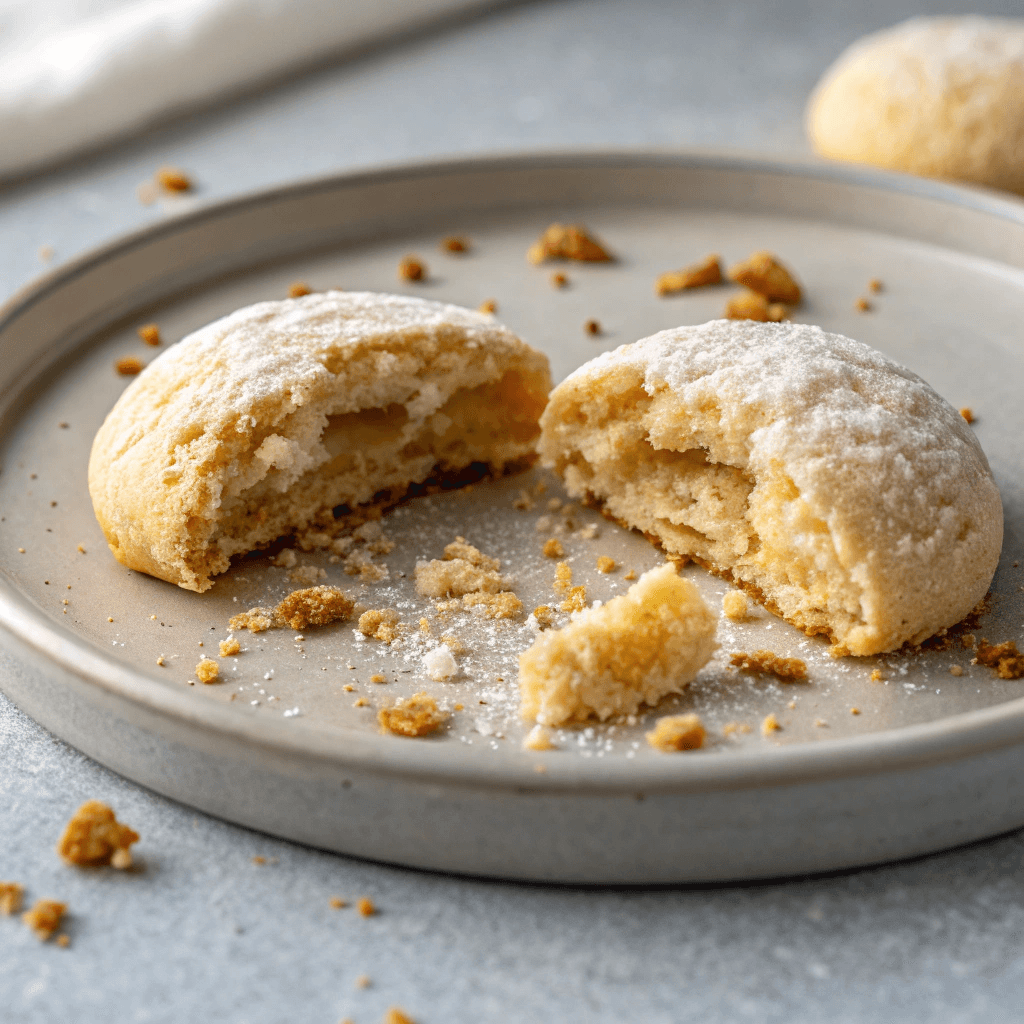
Pro Tips & Variations
If you’re eager to up your baking skills, consider applying these expert techniques and modifications to your recipes for cookies. From food-friendly adaptations to inventive flavors it’s never too late to play around and enhance.
Advanced Tips for Fluffier Cookies
- Incorporate Whipped egg WhitesWhipped egg whites may be folded into dough in order to add air and make the cookies more light.
- Play around with Yogurt and Sour Cream
A small amount of plain yogurt or sour-cream in the dough can increase the moisture and results in the dough becoming softer. - Use Cake Flour
The replacement of a portion of the whole-purpose flour by cake flour decreases the protein content. This creates a smooth and fluffy feel. - Adjust Oven Temperature
Baked cookies that are baked at a lower temperature over an extended time allows the cookies to rise slow, making sure they set uniformly.
Creative Variations
- Chocolate Lovers’ Delight
Incorporate cocoa powder and pieces of dark chocolate into the dough to make a rich and fudgy take to the traditional cookie. - Nutty Crunch
Add chopped pecans, walnuts, or almonds to add texture. Toasting them prior to cooking enhances the taste. - Citrus Zest Infusion
Include the juice of oranges or lemons into the dough to create a fresh and refreshing taste. - Gluten-Free Alternative
Utilize a gluten-free flour mix to create cookies that are suitable for people with restrictions on diet. Also, think about adding xanthan gum to keep the structure. - Seasonal Spices
For the season of Christmas, use the flavors of cinnamon, nutmeg or ginger to add a festive flavor. They go well with the classic sugar cookie recipe.
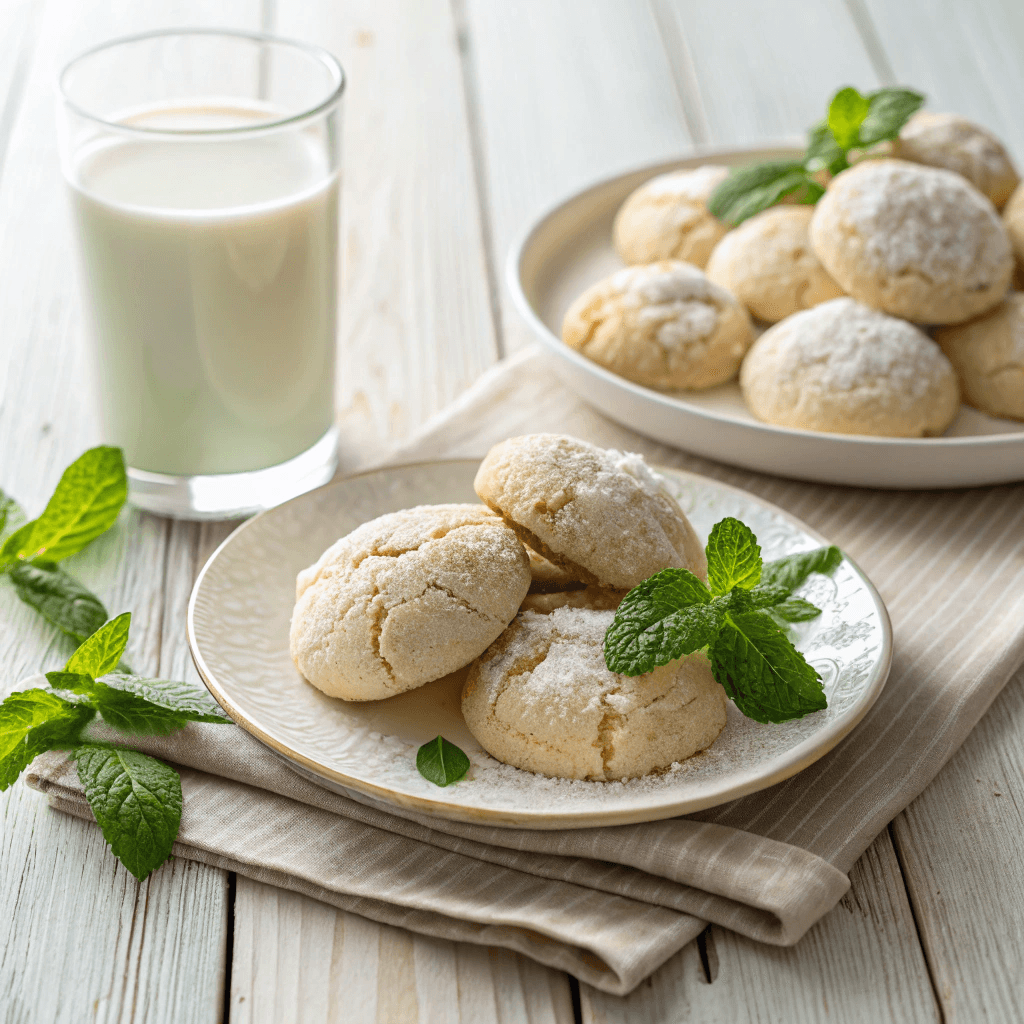
FAQs: Common Questions About Fluffy Cookies
This article will address frequently sought-after questions on how to make fluffier cookie more soft. When you’re faced with a challenge or just curious about particular methods, these tips can provide you with the clarity and advice.
What Makes Cookies Fluffy?
They become fluffy in part through the use of leavening ingredients like baking powder and baking soda, the proper mixing of butter and sugar and the addition of eggs. Together, these elements make air pockets that increase in size as the baking process proceeds.
How Do You Keep Cookies Fluffy?
To ensure that the cookies remain fluffy, keep cookies in a sealed container as soon as they have cooled. Also, adding a piece of bread or even a little piece of apple inside the container will help to keep moisture in the container.
What Compound Makes Cookies Fluffy?
The leavening ingredients like baking powder and baking soda are most important ingredients that make fluffier cookiesoft. These substances release carbon dioxide which causes dough to increase in volume and give it a smooth and smooth texture.
What Are fluffier cookie?
Puff cookies stand out due to their round, tall shape and their airy texture. They typically use larger amounts of leavening agents and occasionally, egg whites for the signature puff.
Why Do My Cookies Turn Out Flat?
Fluffier cookie that spread out too widely usually lack sufficient flour or have butter that is too hard. In addition, not chilling the dough could lead to the dough spreading too much.
Can I Use Shortening Instead of Butter?
Shortening is a viable option to be used to substitute to butter. Although it provides a soft consistency, it doesn’t have the buttery flavor offers.
Does Chilling Dough Really Make a Difference?
Absolutely. The dough is solidified by chilling it. fats which reduces the spread when baking and lets fluffier cookie increase in size.
Conclusion
The fluffy cookies are an amazing snack, and mastering the techniques to make these cookies is an enjoyable ability for every baker. From learning the process behind leavingning agents, and perfecting baking strategies Each step plays an important crucial role in baking fluffier cookie that are fluffy and airy and absolutely tasty. It doesn’t matter if you stick to traditional recipes or trying out new alternatives, the possibilities are unlimited. Happy baking!
